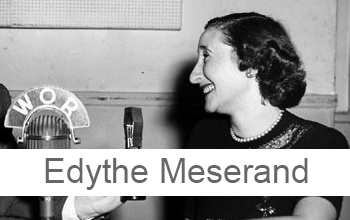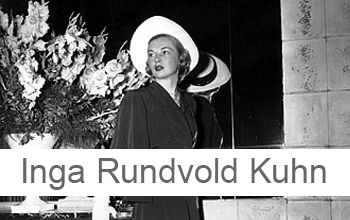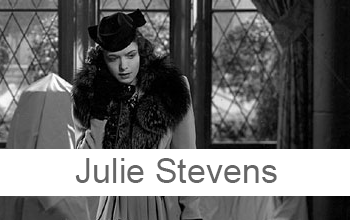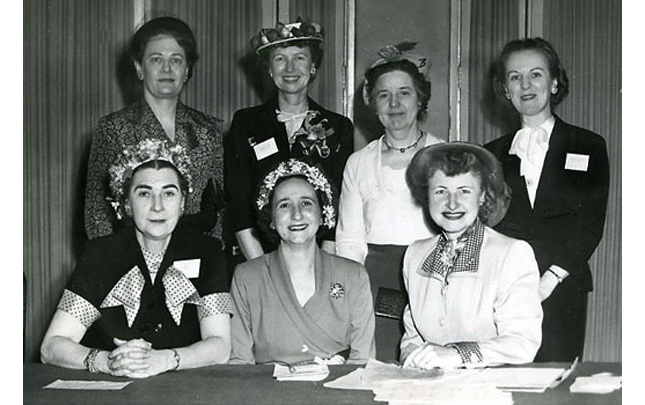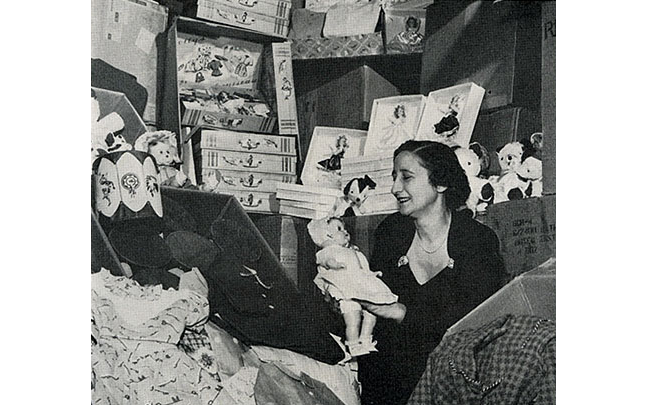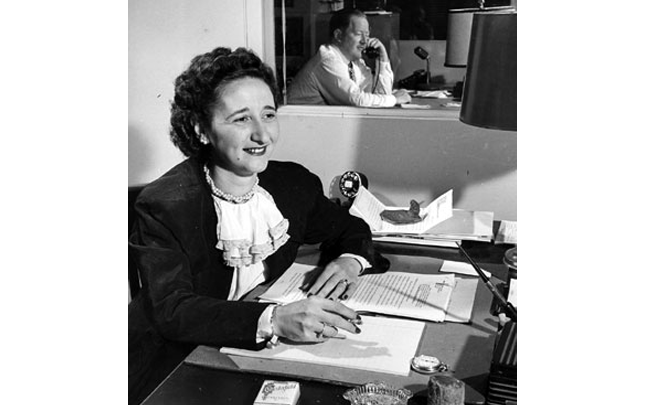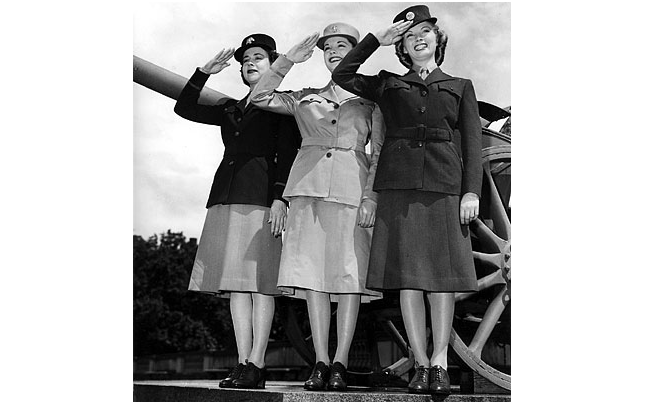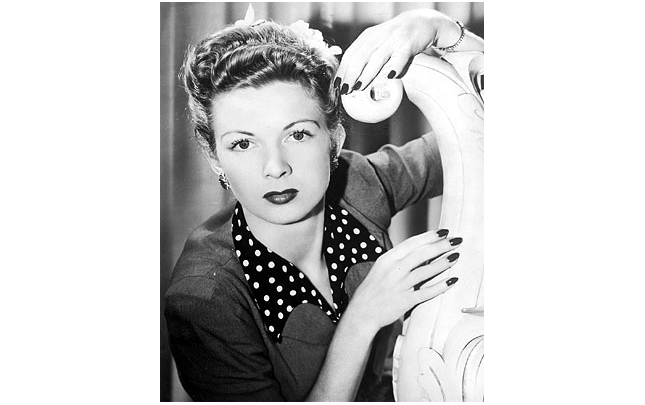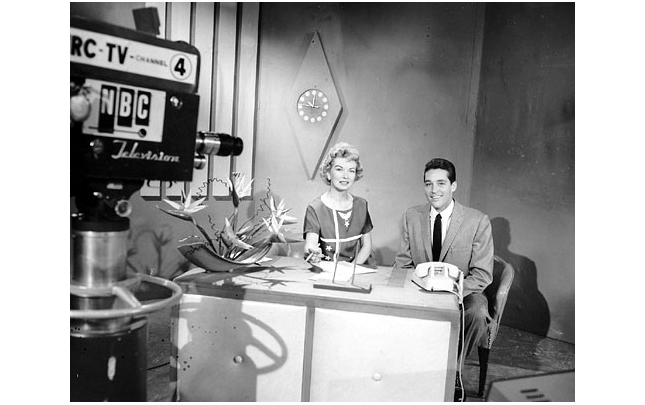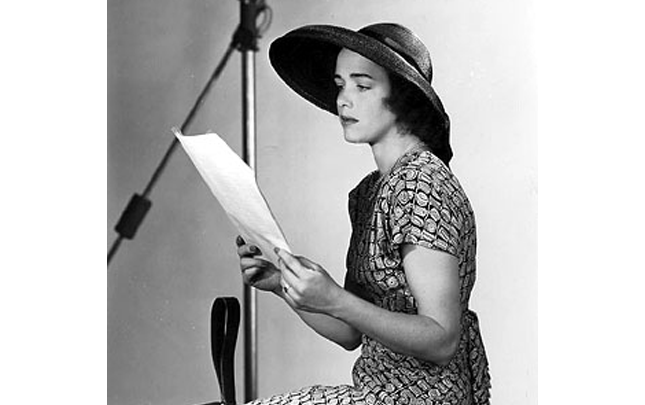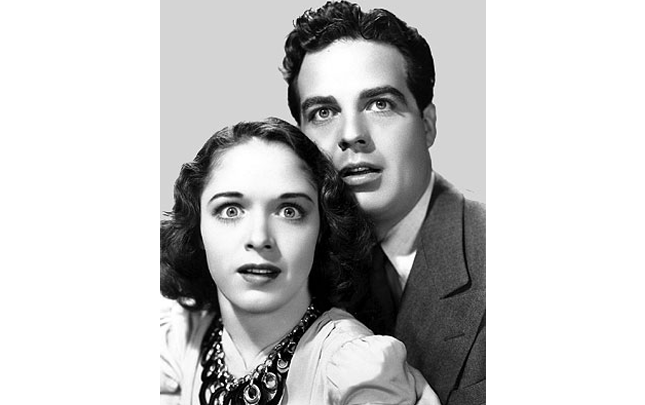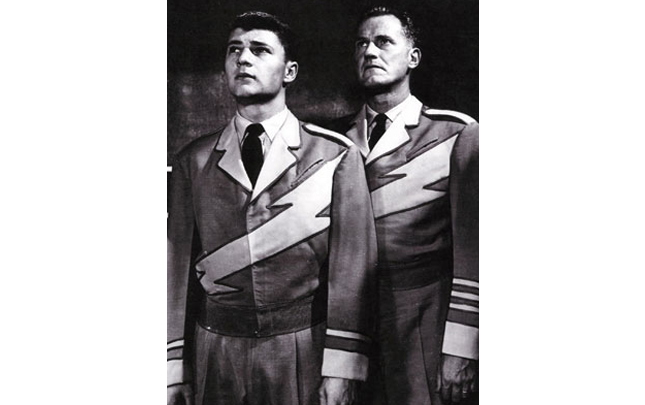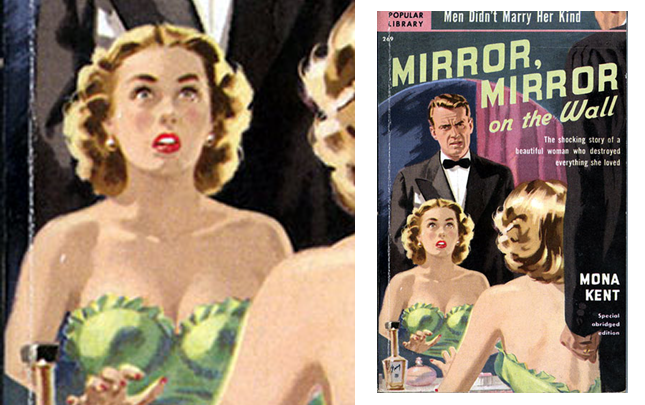A number of talented women rose to the upper echelons of their fields in the early years of broadcasting. World War II had a significant impact on some women's opportunities, as many stations on the "home front" found themselves suddenly dependent on female labor. After the war was over, many of these women were able to retain their jobs, or to move on to others in the field, based upon the abilities and the skills that they had acquired.
Writers' work was essential in shaping the new media. With the exception of talk programming, everything on radio or TV--from the serials to the sales pitches--required scripting. This allowed some skillful and prolific women to write their way into important positions within the industries.
Many singers, actresses and entertainers chose to adapt their talents to suit the new formats and technologies. Some of these women went on to become producers or executives, while others remained faithful to their artistic crafts throughout their careers. Learn more about four important contributors to broadcasting history.

